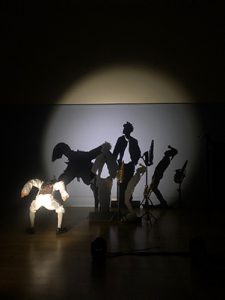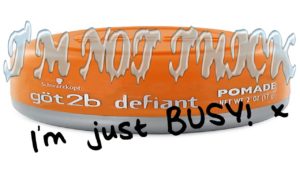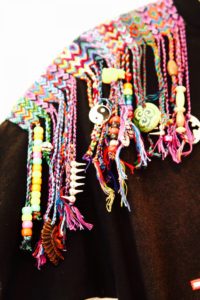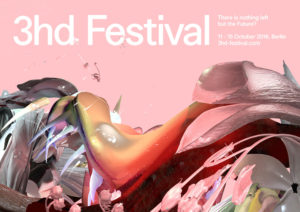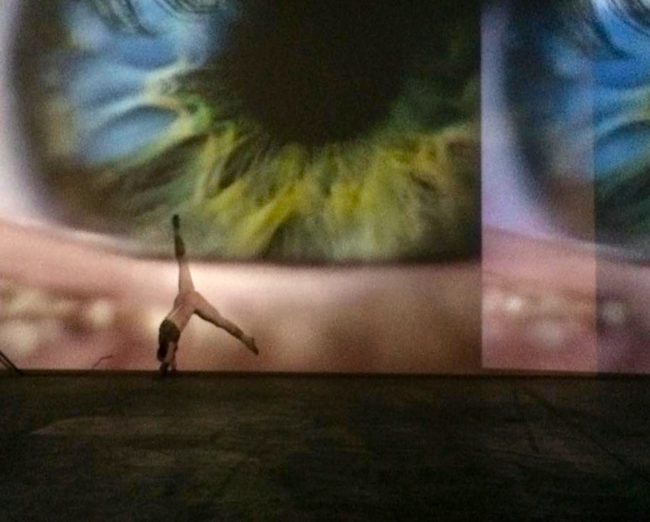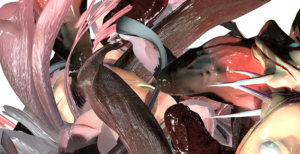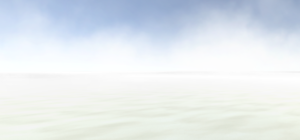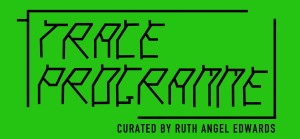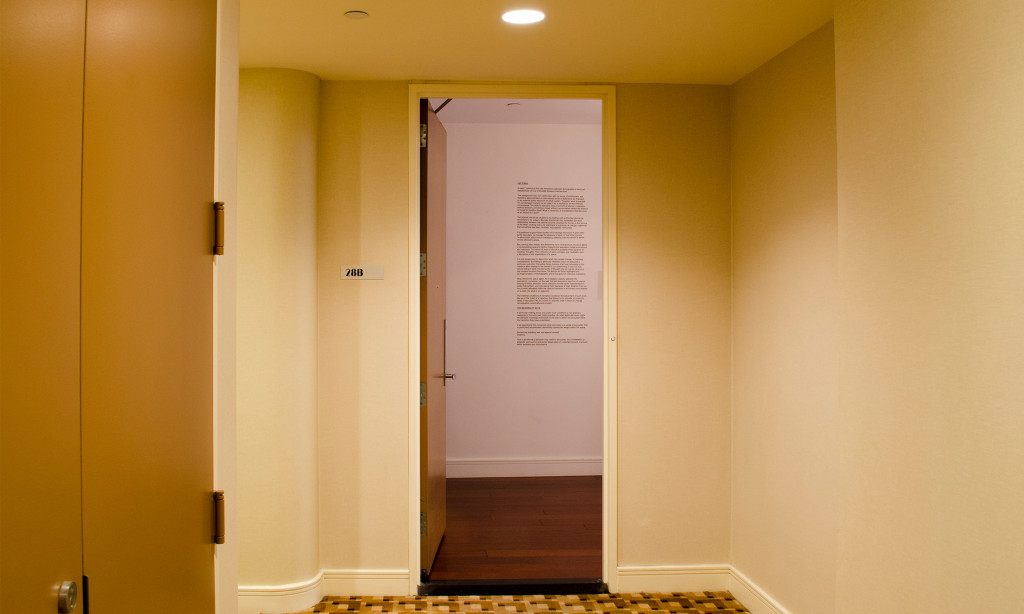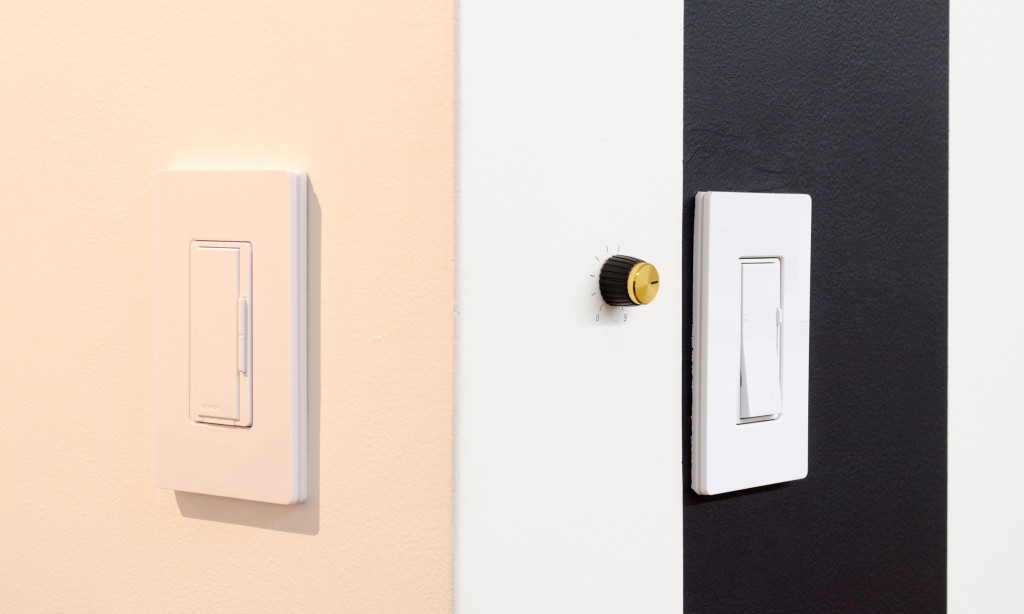“Subcultures can both recreate the values present in their time or reject them, in a multitude of different ways,” writes Ruth Angel Edwards via email about her practice, centred around a fastidious exploration of music subgenres, youth culture, sex and the politics of visibility. About to present a performance on April 8, with Emily Pope and other collaborating artists as part of the Feral Kin group exhibition programme, at London’s Auto Italia, Edwards renders youth and counter-culture as a reflection of the historical and geographical environments in which they appear. Focus is placed on the trajectories and lineages of subcultures as popularised, accessible articulation of a politics; alternate worlds within societies, distinct from mainstream culture, with their own conventions, shared value systems, and coded modes of expression.
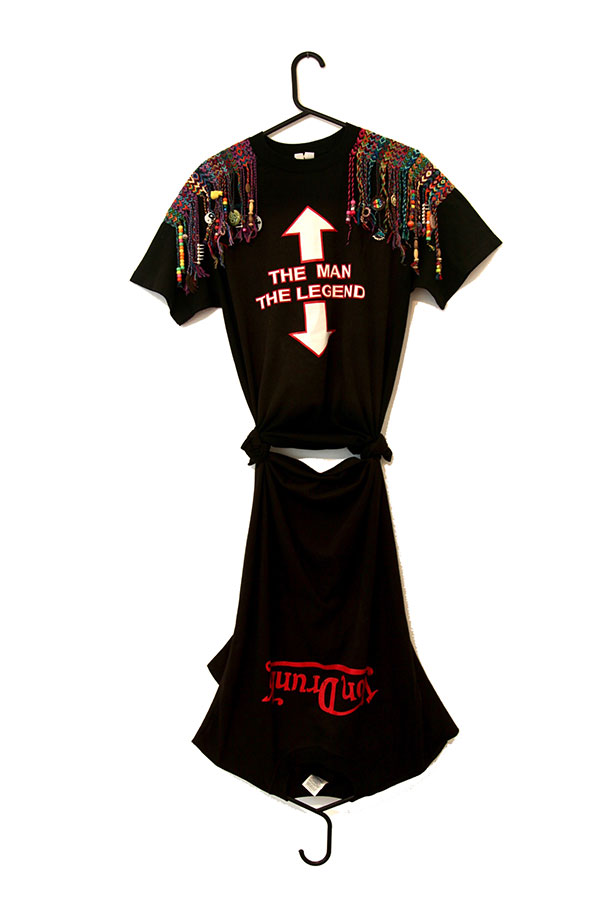
An underlying personal criticality structures Edwards’ insights into the current landscape of subgenres — particularly EDM and dubstep. For her research and performance, what is important is “trying to get to the bottom of where the impulses for these various developments in human history come from. At the same time, exploring the flaws present in these movements, as well as thinking about what was admirable, what mistakes can be learned from, and what’s useful to think about in relation to now.” As these cultural peripheries undergo processes of commodification, accountability and ethics must then be addressed accordingly. When does an act of resistance reflect the intentions of the purveyors? Or, when does it become a manifestation of augmented systems of control?
Addressing these concerns directly in the group exhibition Info Pura at The Residence Gallery in June of last year, Edwards presented textile-based, wearable sculptures adorned with beads and friendship bracelets characteristic of ornamentations and relics worn by EDM festival-goers. In so doing, these objects directly enter a conversation in which individuality and originality is observed and understood against the mechanisms of late capitalism and neoliberalism — a system fundamentally concerned with redefining its own contradictions through the exploitation of accessible social relations in order to survive.

Despite an ambivalence toward the ability to form a formidable resistance effort to the insidiousness of late capitalism, Edwards maintains that, at its core, there is something still present in anti-conformist and antagonistic movements and festivals, which is emancipatory, or at least reassuring and somehow necessary. These spaces serve as a kind of confirmation of themselves that people are reaching for, even if it’s no longer present, or harder to find in similar spaces. It’s with this in mind that Edwards discusses her continued research into the neoliberal landscape and alternative ways of living that exist at the intersection of fantasy and political praxis.
** Have you always had an interest in EDM and or dubstep?
RAE: I became interested in EDM, Dubstep and related subgenres for several reasons. First, I grew up around festivals and music subcultures, and have participated in them in various capacities. Second,there are traces of various historical underground dance music is still faintly present in today’s EDM – many of which originally held some political or oppositional meaning. But those traces have been divorced so thoroughly from their original contexts that they have been completely neutralised.
In terms of the production of the music, it’s this clean polished product made with absolute contrived precision. The club spaces and festivals that host EDM acts are sanitised, controlled environments. It’s cynical, apolitical music for a nihilistic, cynical time.
I have this conspiracy idea of EDM – that it’s propaganda made to encourage conformism under the guise of hedonism. It’s lyrics, the production, instrumentation, automation and the techniques used to emotionally and physically manipulate an audience can be read as an implementation of this. I feel like these genres perfectly reflect an era of late capitalism where recreation, communication, sexuality, personal expression are supposedly ‘free’ but are in fact highly mediated and augmented by systems of control.
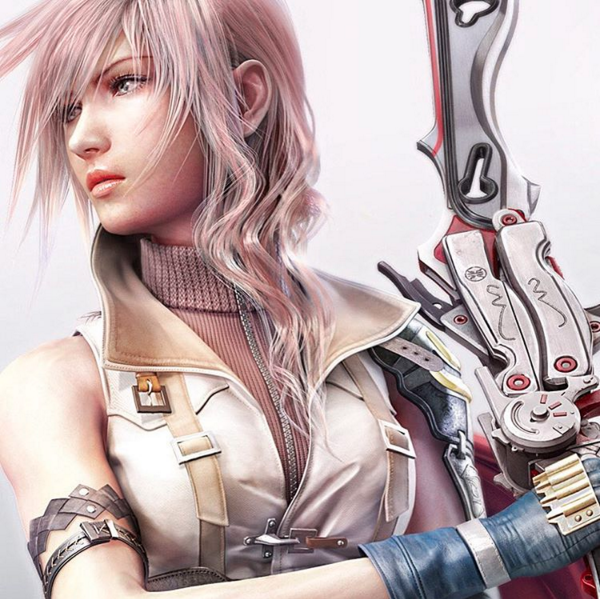
** You contextualize female physicality as a way to explore the hedonism of dance culture. But also underlying dance culture and festival culture at large is a sense of free love / queerness / community and openness. How do you negotiate this complicated aspect of festival subculture, if at all?
RAE: ‘Festival culture’ has become a whole different phenomenon in the last 20 to 30 years. They have always been complex spaces — I never want to be seen as blindly romanticizing the past, and have looked a lot at subcultural histories from a feminist and queer perspective, aiming to expose the inconsistencies so often present with subculture/counter-cultural ‘utopian’ movements. But festivals were always, in theory at least, unregulated spaces –Temporary Autonomous Zones; Dionysian free spaces.
In recent years, there has been a massive shift toward the acceptability of these spaces, with certain festivals like Glastonbury, for example, in the UK, taking on mainstream status. But this mainstream acceptance and popularity has happened alongside the increased regulation of these spaces.
For me, the experience of festivals flips between a kind of horror and a deep affection. As a worker, music performer, and just attendee for a lot of my life, I have a complex relationship with them.
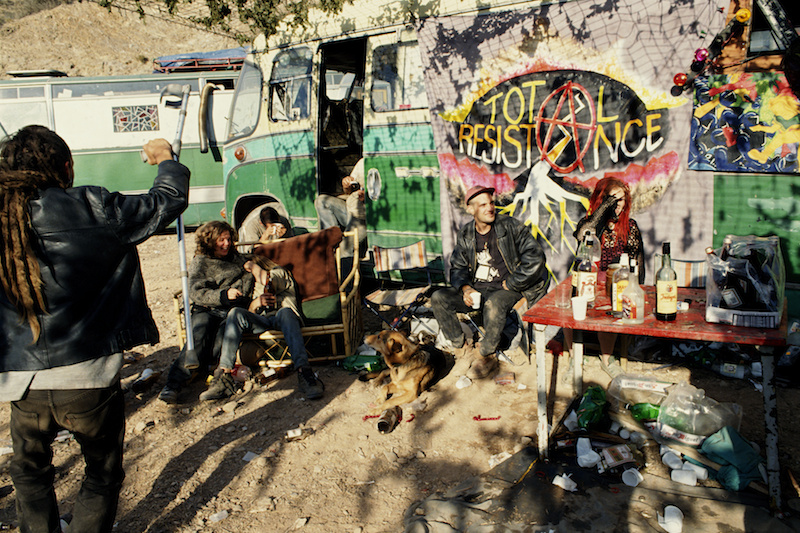
** With direct and indirect political considerations, your practice functions as an anthropological study. You often relate aspects of subculture to various key moments in culture and government policy. What notable developments have you been looking at recently?
RAE: I’ve recently been looking a lot at New Age Travelers in the UK, the different waves of the movement between the 70s and the 90s, and it’s continuing links with activism. After having spent a lot of time in California earlier in the year, I think a part of me was really interested in looking at something quite specifically British. Also, there’s been so much talk amongst London’s arts and political communities about alternative ways of living recently — the housing crisis, ideas of being driven out of the city, or rejecting the city, communality, rejecting the ‘normal’ setup.
** Who or what were the New Age Travelers?
RAE: The New Age Travelers movement was linked to squatting. Especially when it came to mass unemployment in the 80s, it was a logical choice for those affected to start living in vehicles. It feels relevant to look back on this movement now in these precarious times. Also, the movement’s political fragmentation feels interesting to reflect on — it was decentred quite literally in that it was not based in any one locality. It was also politically fragmented. It failed; for a variety of different reasons. That lifestyle was more or less completely shut down by the state.
My responses when researching the movement, and thinking over my own interactions with it over the years, was conflicted. But to me there’s definitely something inspiring and courageous about people attempting to live in that way-in a very literal and extreme way by today’s standards. It felt important.

** You’ve mentioned instances of cultural appropriation as they appear in festival culture, most recently within the New Age Travelers movement. What do you make of this tendency?
RAE: Looking back at New Age Travelers in the UK, some of the fashion and politics is definitely relatable to now, but this is one of the stand-out things, which makes it seem dated — dreadlocks (on white people), ‘ethnic’ clothing as fashion, and people living in Native American-style teepees completely out of context. It’s cringey at best, and at worst just offensive. The movement itself was born out of a rejection of mainstream Western society’s values, so I imagine it felt logical to look to other cultures as alternatives and to try and identify with them, to learn from and recreate them. Even as I’m writing this I’m hyper conscious of coming across as some kind of fucked up apologist(!).
In terms of what I make of this tendency, in this movement but also as it occurs in subcultures more broadly — of course I think it’s necessary to expose and put a stop to disrespectful, ignorant or offensive instances of appropriation. But, essentially, I always try to look at subcultures and the individuals involved in them with some level of humility, while staying critical.

** Two of your recent shows, Derivatives and Futures at Los Angeles’ Human Resources, and your solo exhibition, Ruth Angel Edwards, last year at Arcadia Missa, have accompanying written work. What relationship do you have with text?
RAE: With the show at Human Resources I was stressing-out massively. I wrote to Emily Pope, who is an artist friend who uses writing, to get her thoughts on the show and to help me write a blurb for the gallery. But then I just thought — why am I trying to shoehorn my actual thoughts on this into a particular, acceptable mould, to make the show conform to some accepted idea of intellectual authority or prestige? So I decided to just print the entire email out, with spelling and grammar mistakes in, and used that as the hand-out instead.
I’ve definitely felt constrained by the pressures to conform to certain writing styles — where artists are expected to write like academics. I guess I want to position myself against this. There are definitely some artists who do it really well, and that’s great. I just don’t think as an artist you should be expected to have to adopt this language. I’m anti-hierarchy, anti-elitism — I feel like multiple voices should be allowed in. And I’m definitely anti-professional performance! I think there’s a violence to this expected professionalism, which is making us all insecure, self-censoring, anxious wrecks with stunted communication abilities.
** Seamlessly moving between art and music — approaching each with careful research and criticality — you’ve recently ventured into radio with your project Got 2 b Radio. Can you please tell us more about the project and how broadcast factors into your creative production?
RAE: I’ve moved between art and music since as long as I can remember, really, but it was only in the last maybe two to three years that I ended up with a practice, which kind of merges both. Radio is great because it’s such a nice way to connect with an audience in whatever space they’re in, as part of their day. Got 2 b is a monthly radio programme I started with friend and artist Emily Pope. It airs on Resonance FM every fourth Monday of every month. Me and Emily work on at least one new sound piece together for every show, as well as mixing it up with music, other individual sound and spoken pieces, and other’s guest contributions. I guess it’s more pop cultural than the sound work I do on my own, and looks at culture more broadly, at what we describe as ‘neoliberal landscapes,’ like advertising, film etcetera. The tone is slightly different. Emily is an incredible writer and spoken word artist, with a very unique ‘voice’ within London’s emerging artist scenes. The show moves between humour and being really abrasive! It’s a fun project to work on.
I feel very lucky to have got to know some of the most incredible communities and individuals through music, who have had and continue to have the most inspiring and positive influences on my life. I believe in music communities so hard!**
The Feral Kin group exhibition is on at London’s Auto-Italia, running February 28 to April 9, 2017.
share news item